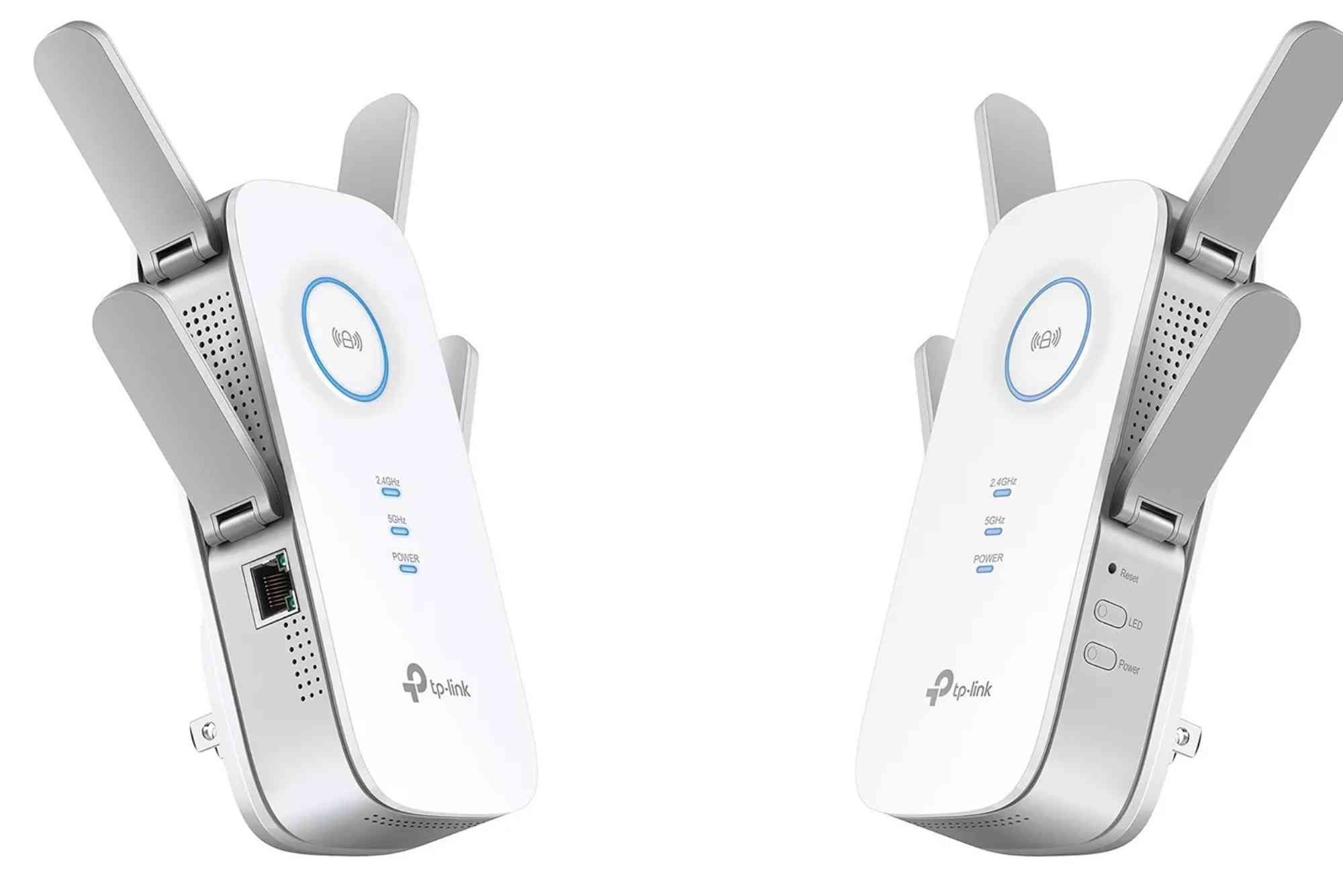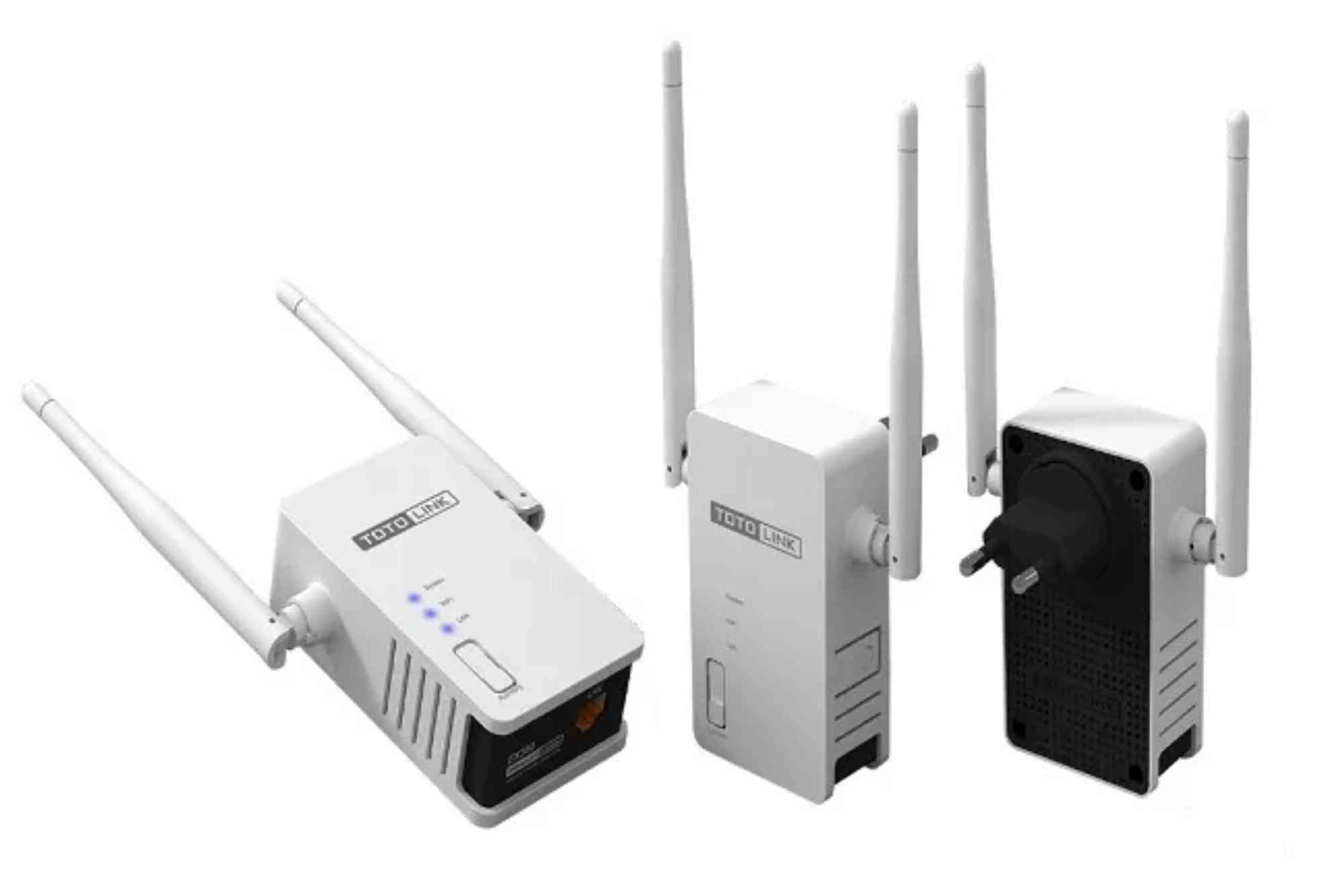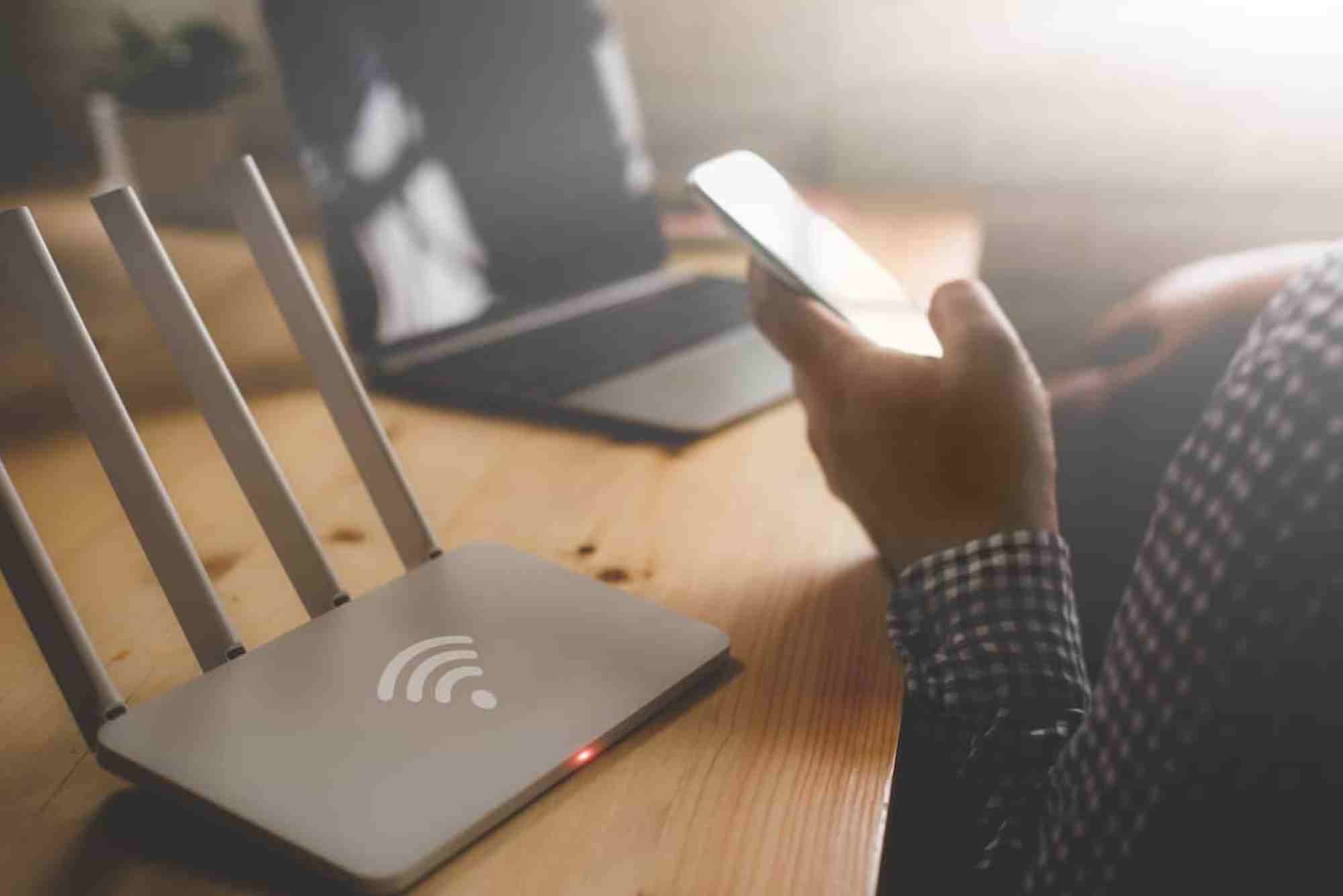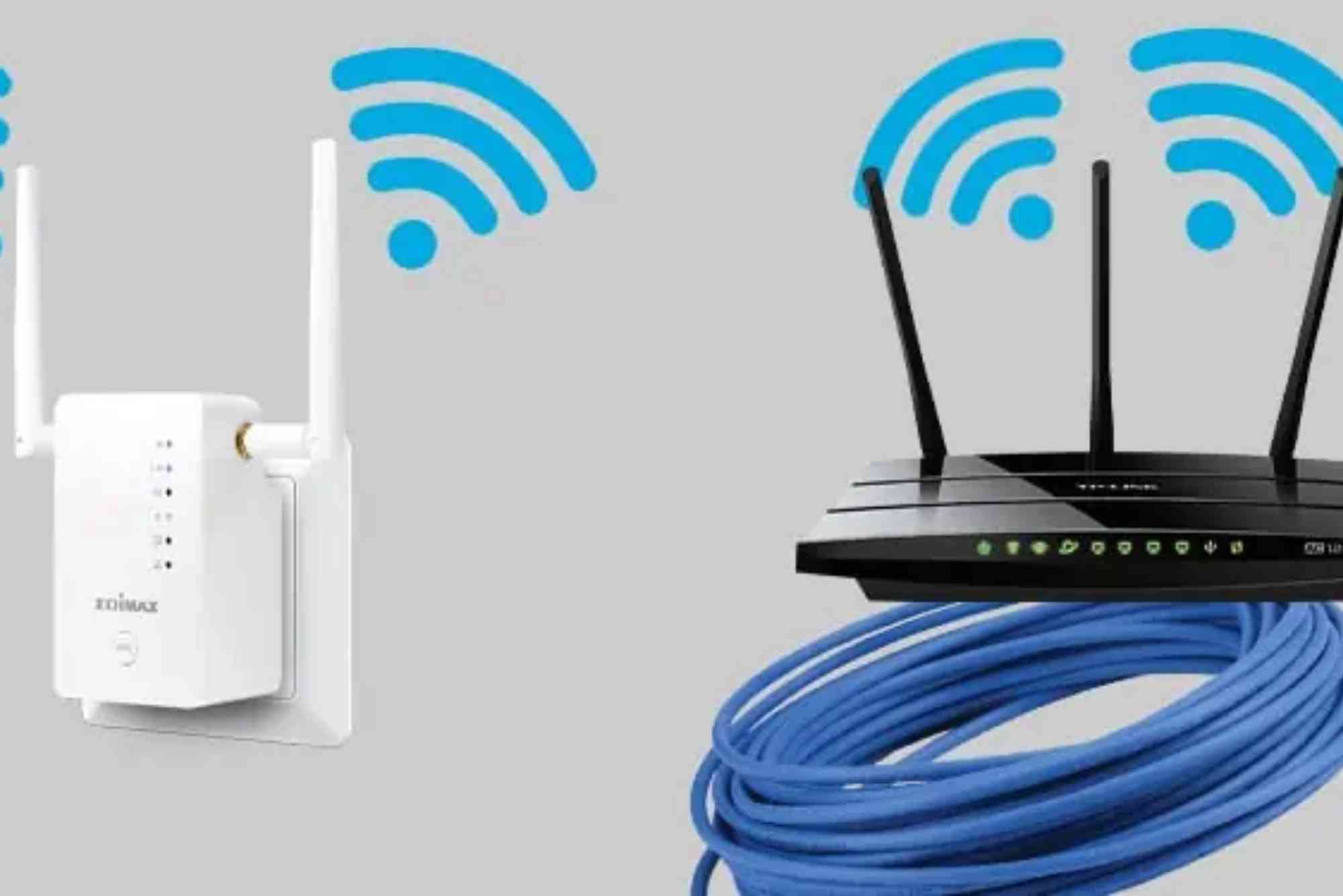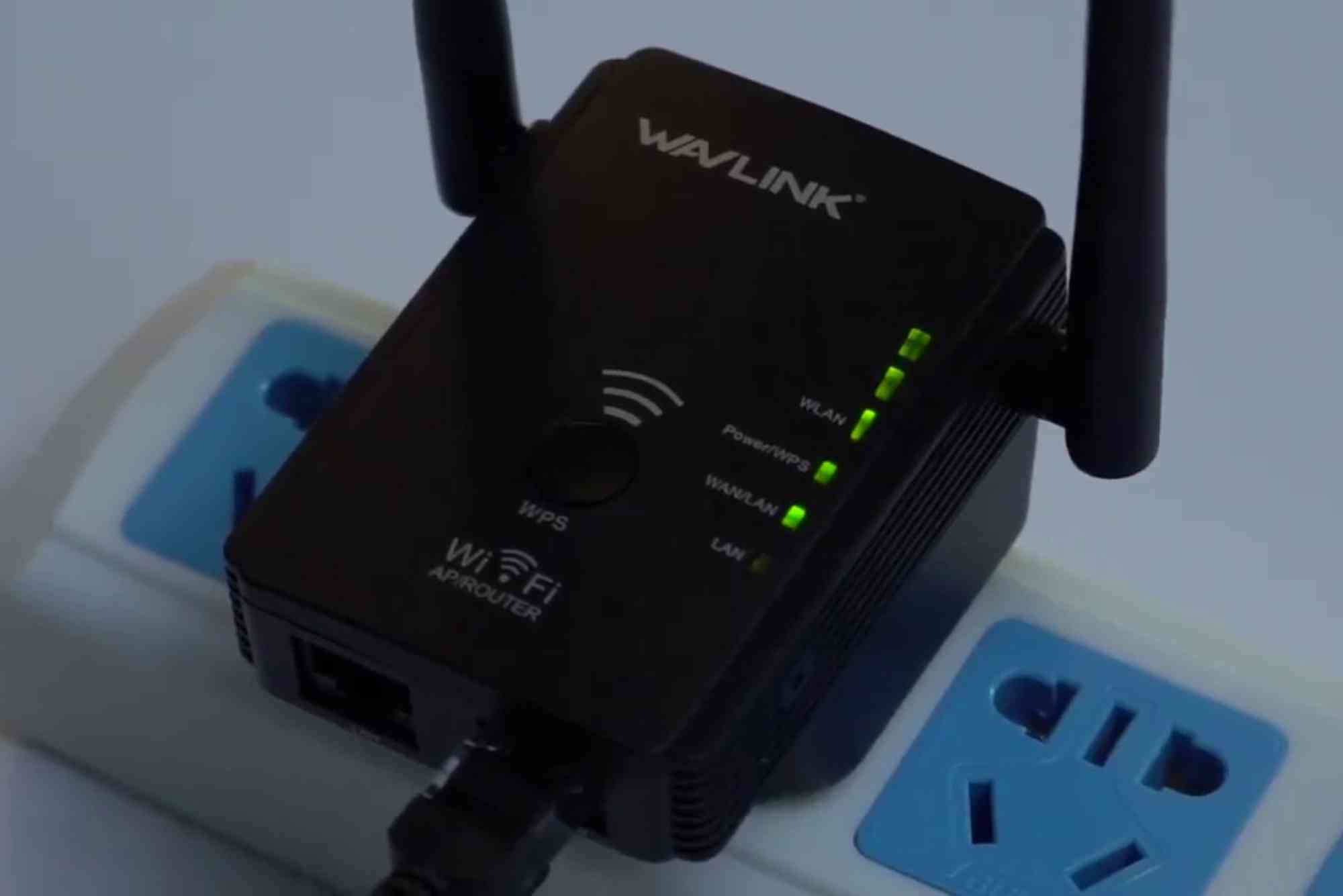Introduction
Getting a new router is exciting, especially if you’re upgrading for faster internet, stronger Wi-Fi signals, or better security. But for many people, the question of how to setup a new router can feel overwhelming. The good news is that it doesn’t require advanced technical skills. With the right steps, anyone can set up a new router in less than 30 minutes.
In this guide, we’ll walk through a simple, beginner-friendly process for installing and configuring your router. Whether you’ve just bought a replacement for your old model or are setting one up for the first time, these steps will help you get online quickly and securely.
Unbox and Position Your Router
The very first step in how to setup a new router is unboxing and placing it in the right location. Position matters more than you think. Routers spread Wi-Fi signals in all directions, so placing it in a central spot ensures even coverage.
-
Avoid corners, basements, or behind furniture.
-
Keep it elevated, like on a shelf or desk, for stronger range.
-
Stay away from microwaves, cordless phones, and thick walls that block signals.
Think of your router as the “heart” of your internet connection—where you place it determines how smoothly your devices connect.
Connect Your Router to the Modem
Once positioned, it’s time to connect the hardware. Most internet providers give you a modem that connects to the internet line. Your router plugs into that modem.
-
Use the Ethernet cable provided in the box.
-
Insert one end into the router’s WAN or Internet port.
-
Plug the other end into the modem.
Now, connect the power adapter to your router and turn it on. Wait a few minutes until the indicator lights stabilize.
Connect a Device to Your Router
To configure your new router, you need to connect a laptop, PC, or smartphone. There are two ways:
-
Wired connection: Use an Ethernet cable to plug directly into the router.
-
Wireless connection: Check the default Wi-Fi network name (SSID) and password printed on the back of the router. Connect using those details.
A wired connection is more stable during setup, but wireless works fine too.
Access the Router’s Setup Page
Now comes the core of how to setup a new router—logging into its admin panel.
-
Open a browser (Chrome, Edge, or Safari).
-
Type your router’s default IP address, usually
192.168.1.1or192.168.0.1. -
Enter the login credentials, often “admin” for both username and password.
You’ll find this information in the manual or on a label under the router.
Once logged in, you’ll see the router’s control panel where you can customize settings.
Configure Your Wi-Fi Settings
This step makes your internet connection truly yours. Changing the default Wi-Fi settings is important for security and personalization.
-
Rename the SSID: Choose a unique Wi-Fi name (avoid personal details).
-
Set a strong password: Use a mix of letters, numbers, and symbols.
-
Select encryption type: Always choose WPA2 or WPA3 for maximum security.
This ensures your network is safe from unauthorized users.
Update Firmware for Security
Just like your smartphone needs updates, your router also requires firmware updates. They fix bugs, improve performance, and enhance security.
-
In the router’s dashboard, look for Firmware Update or Software Update.
-
If available, download and install the latest version.
Never skip this step—it’s essential to keep your network safe.
Test and Optimize Your Connection
Finally, after configuring, test your connection.
-
Check if all devices (laptops, phones, smart TVs) connect smoothly.
-
Run a speed test using tools like Speedtest.net.
-
If signals are weak in some rooms, consider adding Wi-Fi extenders or mesh systems.
Congratulations—you’ve successfully learned how to setup a new router in just seven simple steps!
Extra Tips for a Better Router Setup
Setting up your router is only the beginning. To get the best performance, keep these extra tips in mind:
-
Reboot occasionally: Restarting your router clears memory and improves speed.
-
Separate guest networks: Offer guests Wi-Fi without exposing your main network.
-
Use parental controls: Many routers let you manage screen time or block harmful sites.
-
Consider an ISP upgrade: If your speed is consistently low, upgrading your internet plan from providers like Dhanote Internet Services may help.
Why Setting Up a Router Correctly Matters
You may wonder why proper setup matters so much. The truth is, routers are more than just internet boxes. They:
-
Protect your devices from hackers.
-
Improve streaming, gaming, and video calls.
-
Prevent unauthorized access to your data.
A well-configured router ensures you get the speed you’re paying for and keeps your family safe online.
FAQs
How do I setup a new router without a computer?
You can use a smartphone or tablet. Just connect via Wi-Fi using the default SSID and password, then open a browser to access the setup page.
Do I need to call my internet provider to setup a new router?
Not always. Most modern routers are plug-and-play. However, some ISPs may require you to register the router’s MAC address for activation.
How long does it take to setup a new router?
Usually between 15–30 minutes. If updates are needed, it may take slightly longer.
Can I use my old modem with a new router?
Yes, in most cases. As long as the modem is compatible with your internet service, you can pair it with any standard router.
What should I do if my new router isn’t working?
Restart the router and modem, double-check connections, and ensure you entered the correct Wi-Fi details. If the issue persists, reset the router to factory settings and try again.
Learning how to setup a new router doesn’t need to be intimidating. With the right approach, you can go from unboxing to streaming in under half an hour. By following these seven simple steps—positioning, connecting, configuring, updating, and testing—you’ll enjoy faster speeds, better coverage, and stronger security.
If you’re struggling with weak signals or want professional-grade internet, upgrading your plan through trusted providers like Dhanote Internet Services can make a big difference.

